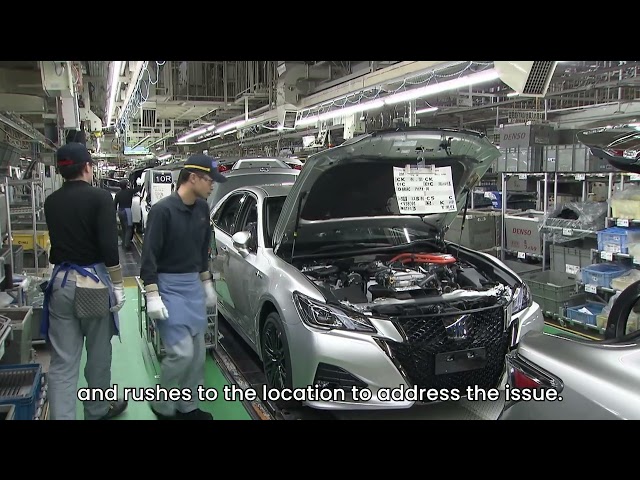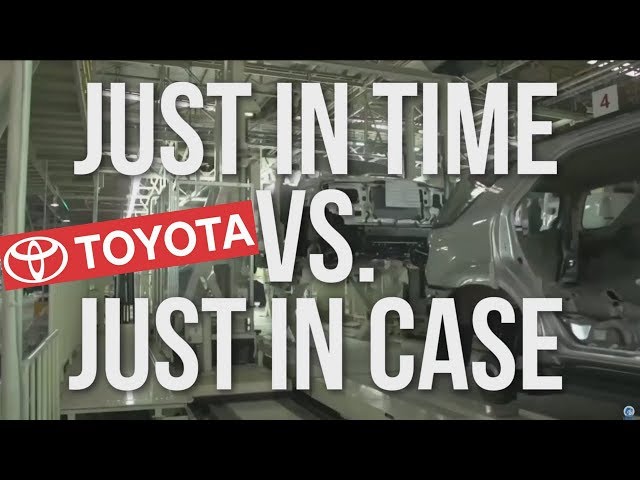Toyota Car Manufacturing Process Overview.
The Toyota car manufacturing process uses a system called the Toyota Production System (TPS), which is focused on efficiency and quality. TPS is based on two key principles:
- Just-in-time (JIT) production: JIT production means that parts and supplies are delivered to the assembly line just as they are needed. This helps to reduce inventory costs and to ensure that only fresh, high-quality parts are used in the assembly process.
- Jidoka (automation with a human touch): Jidoka means that machines are equipped with sensors that can detect defects in parts and products. If a defect is detected, the machine stops immediately and an operator is alerted. This helps to prevent defective products from moving further down the assembly line.
Overview of each step in the Toyota car manufacturing process:
Stamping
The stamping process begins with large sheets of steel being fed into a stamping press. The press has a die that is shaped like the desired body panel. The die is pressed down onto the steel sheet, stamping the panel into shape.
Welding
The stamped body panels are then welded together to form the car’s body shell. This is done using a variety of welding techniques, including robotic welding and spot welding.
Painting
The body shell is then painted to protect it from corrosion and to give it its desired color. The painting process consists of several steps, including:
- Pretreatment: The body shell is cleaned and prepared for painting.
- Priming: A primer coat is applied to the body shell to help the paint adhere better.
- Base coat: The base coat is the main color of the car.
- Clear coat: A clear coat is applied over the base coat to protect it and to give the car a glossy finish.
Assembly
Once the body shell is painted, it is moved to the assembly line. On the assembly line, the engine, transmission, and other components are installed in the car. This is a complex process that involves hundreds of steps.
Inspection and shipping
Once the car is assembled, it is inspected for defects. This inspection process is very thorough and includes both manual and automated inspections. If any defects are found, they are repaired before the car is shipped to a dealership.
Toyota’s car manufacturing process is one of the most efficient and effective in the world. TPS has helped Toyota to become one of the leading automakers in the world.
Toyota and Lean Quotes
- “For much of Toyota’s history, we have ensured the quality and reliability of our vehicles by placing a device called an andon cord on every production line – and empowering any team member to halt production if there’s an assembly problem. Only when the problem is resolved does the line begin to move again.” ~Akio Toyoda.
- “Many good American companies have respect for individuals, and practice Kaizen and other TPS {Toyota Production System} tools. But what is important is having all of the elements together as a system. It must be practiced every day in a very consistent manner–not in spurts–in a concrete way on the shop floor.” ~Fujio Cho, President, Toyota Motor Corporation
- “With Lean Six Sigma, the tools are the easy part, changing organizational culture is the hard part.” ~John Novak
- “When you go out into the workplace, you should be looking for things that you can do for your people there. You’ve got no business in the workplace if you’re just there to be there. You’ve got to be looking for changes you can make for the benefit of the people who are working there.” ~Taiichi Ohno


